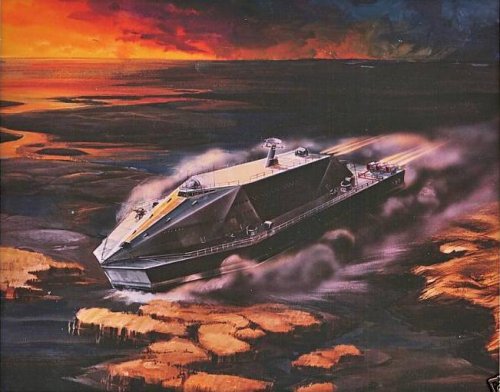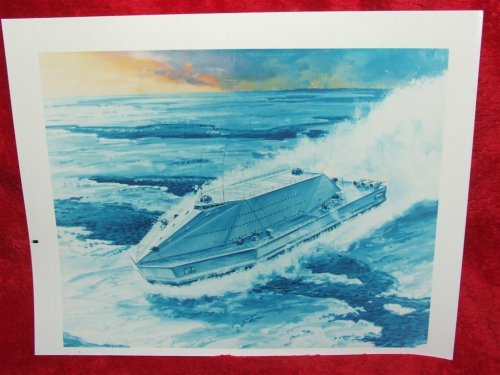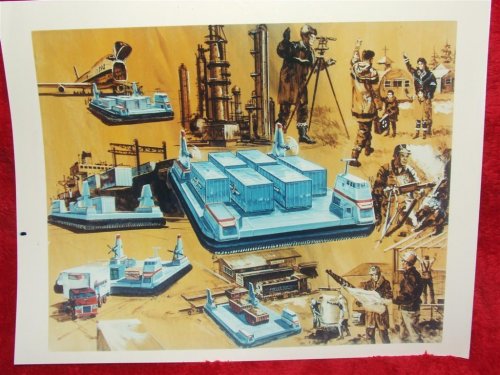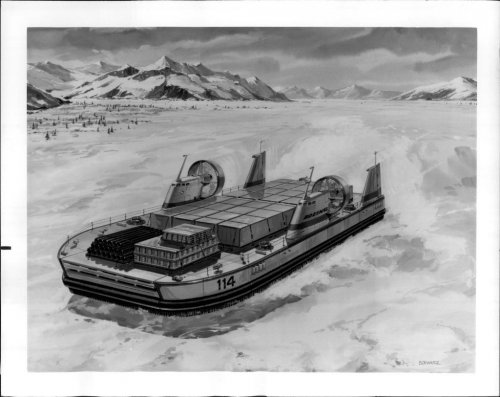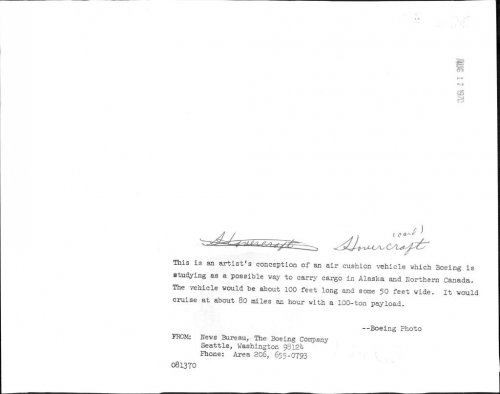Photo negative of artist's impression of Boeing hovercraft concept found for sale on eBay.
Description:
URL: http://cgi.ebay.com/Original-Boeing-Photo-Negative-Of-Concept-Hovercraft-NR_W0QQitemZ330393560978QQcmdZViewItemQQptZLH_DefaultDomain_0?hash=item4cecfda792
Description:
This auction is for an official, large, Boeing Kodak Safety photo negative, concept slide. The artist's signature Gene Ericksen is in the negative. It measures 10" X 8". This is one of many color negatives and other items from the estate of a Boeing engineer I will be listing in the coming days. Many are labeled as having been used in various "presentations to the Board of Directors" from the late 60's to early 70's and are in cardboard frames, some are not. This one is loose and I am unaware of what the project name may have been. Undoubtedly a proposal by Boeing's Marine Division.
URL: http://cgi.ebay.com/Original-Boeing-Photo-Negative-Of-Concept-Hovercraft-NR_W0QQitemZ330393560978QQcmdZViewItemQQptZLH_DefaultDomain_0?hash=item4cecfda792

